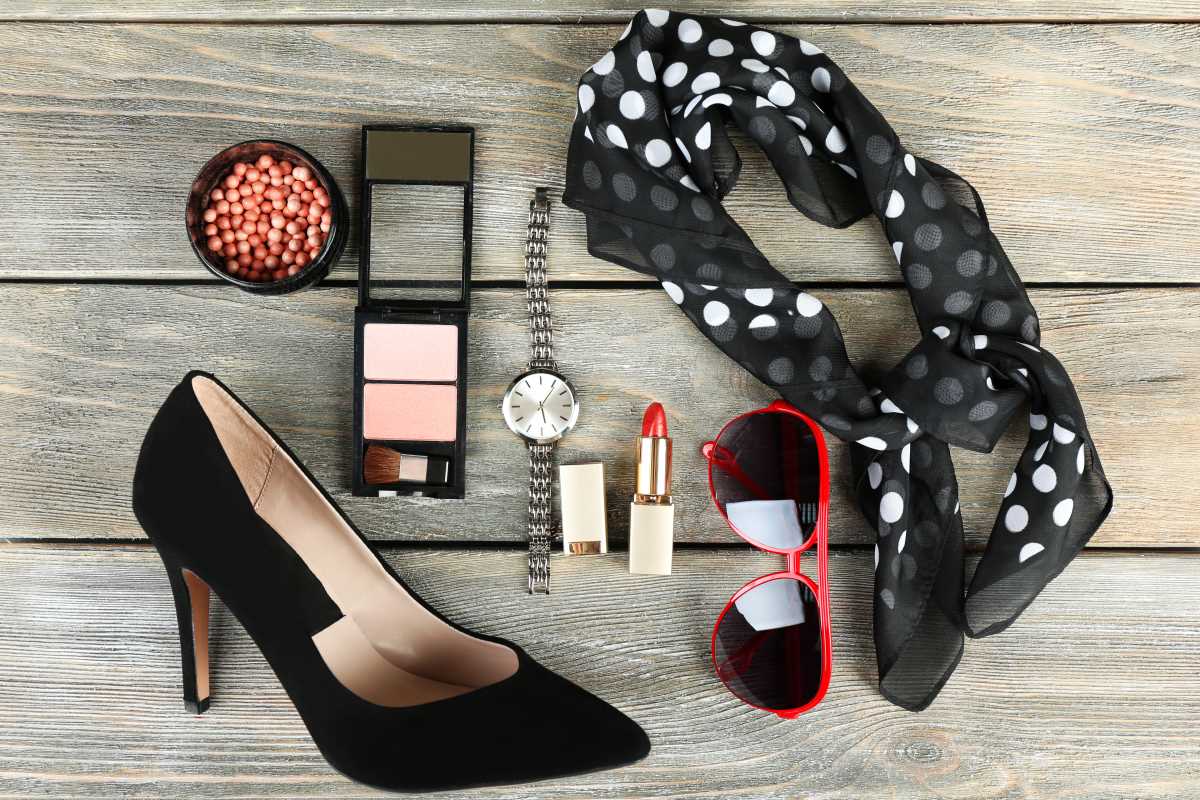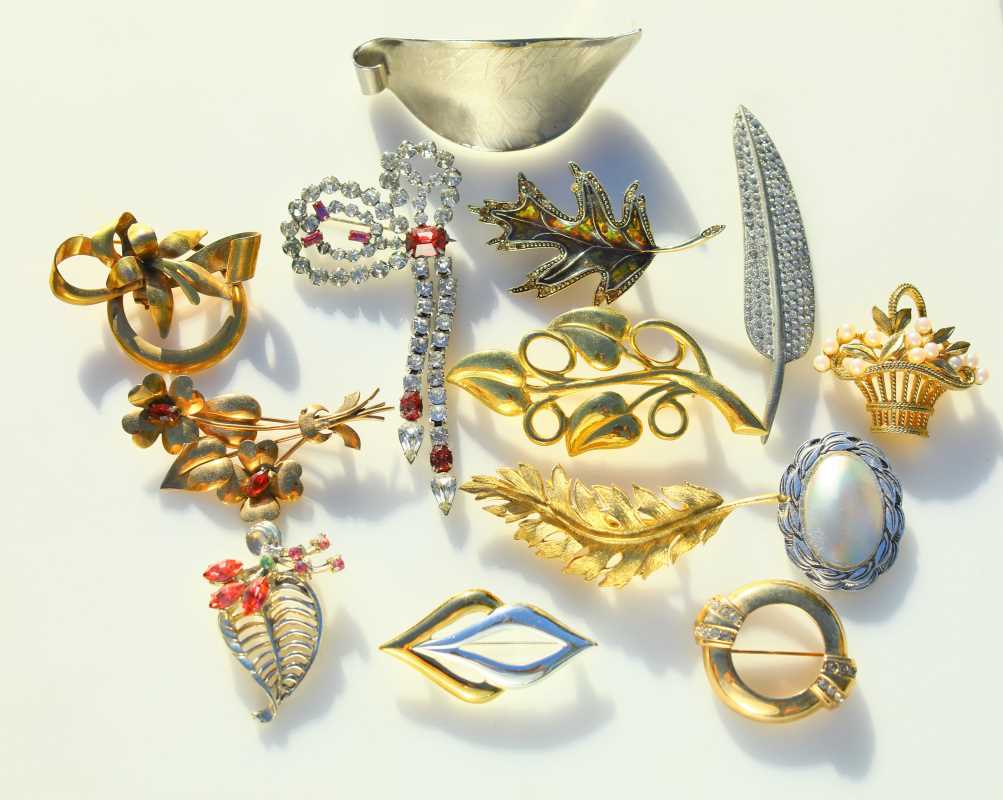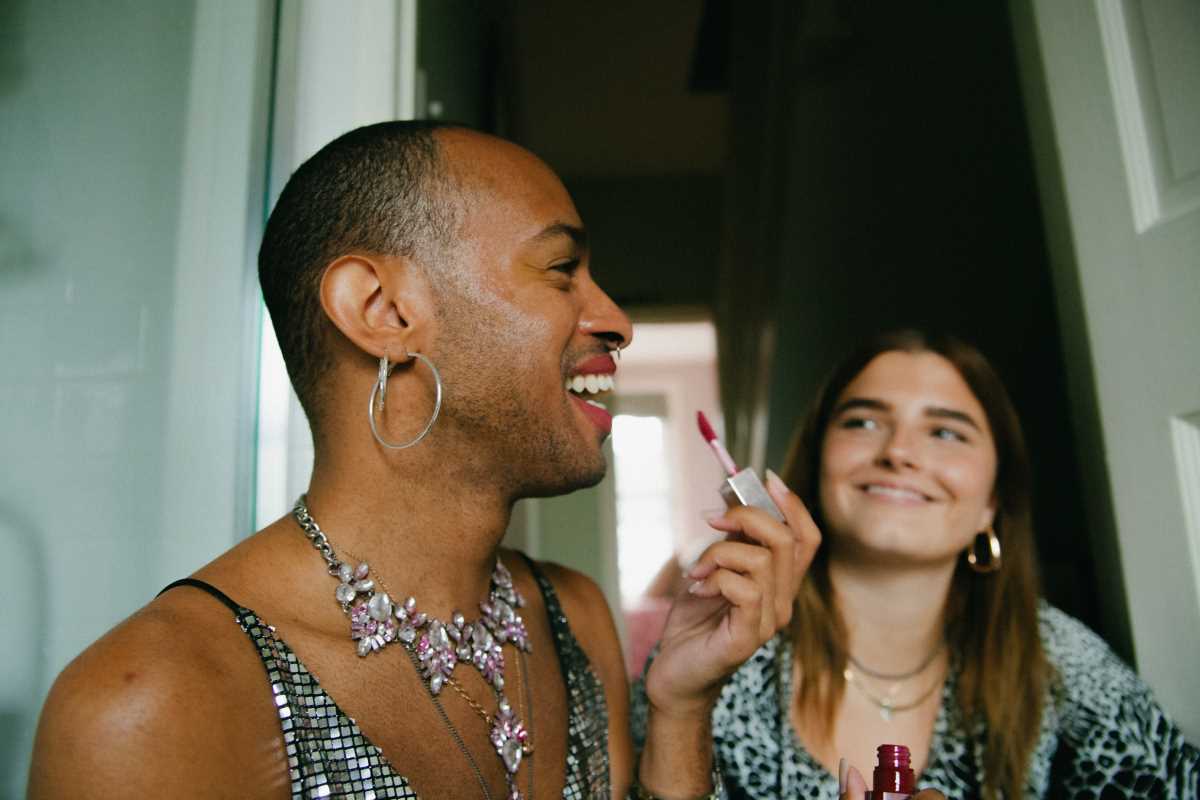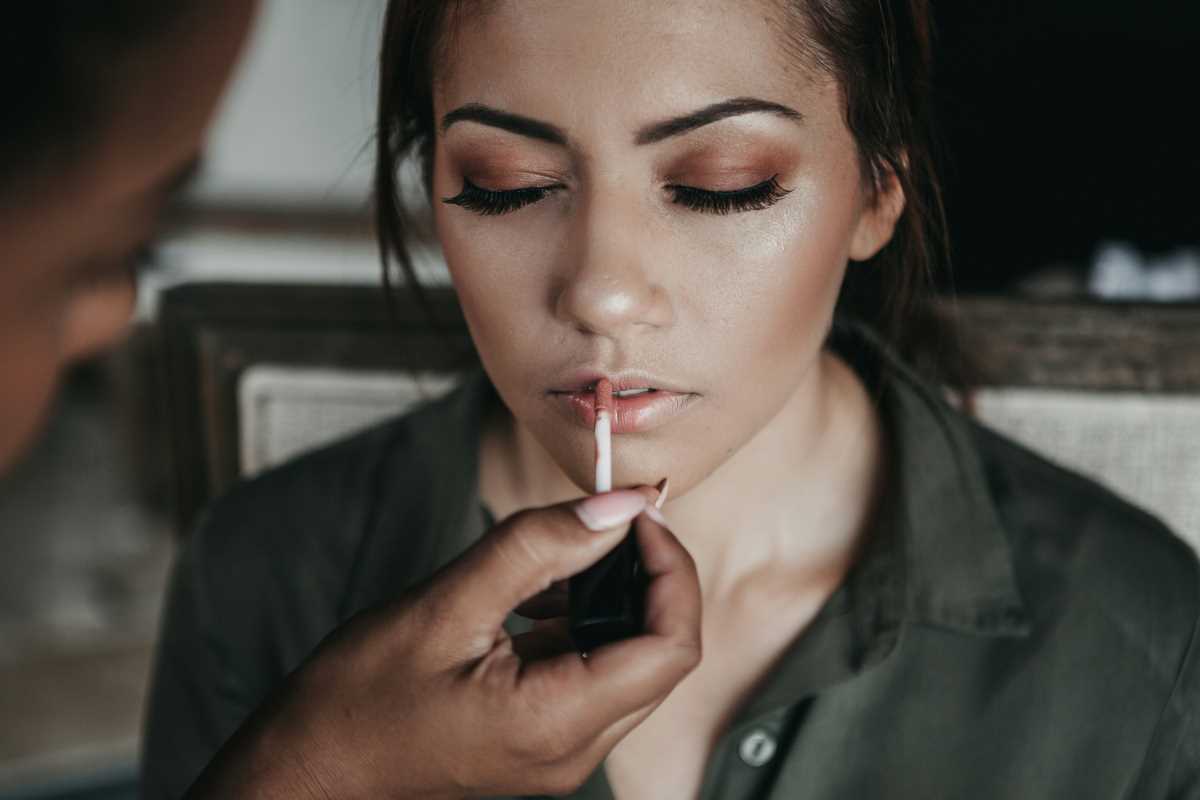Blending eyeshadow to achieve a flawless look can be challenging, but with the right techniques, tools, and a bit of practice, you can create eye looks that rival professional makeup artists. By understanding the basics and incorporating a few expert tips, you’ll be well-equipped to achieve that perfect blend every time. Here’s a guide to help you master the art of eyeshadow blending, creating seamless, multidimensional looks that elevate your makeup skills to the next level.
Prep Your Eyelids
Preparing your eyelids is a crucial first step that lays the foundation for a smooth and long-lasting eyeshadow application. The skin on your eyelids can be naturally oily or textured, which can make eyeshadow patchy or prone to creasing. Start by applying an eyeshadow primer to ensure the shadow adheres evenly and lasts throughout the day. An effective primer smooths the surface of your eyelids, neutralizes any discoloration, and creates a grippy base for powder shadows.
If you don’t have a primer, a dab of concealer followed by a light dusting of translucent powder can work as a substitute. Be sure to blend the concealer evenly, as this will prevent creasing and keep the eyeshadow looking fresh. Proper eyelid prep can make a significant difference in both the application and longevity of your eyeshadow look.
Choose the Right Brushes
Using the right brushes can be the difference between a blended, professional look and a patchy, uneven finish. Invest in high-quality eyeshadow brushes that suit different purposes. A few key brushes you’ll need include a fluffy blending brush, a dense packing brush, and a smaller detailing brush.
The fluffy blending brush is essential for softening harsh edges and creating smooth transitions between shades. This brush is perfect for your crease and outer corners, where blending is crucial. For applying eyeshadow on the lid or building up color intensity, use a dense, flat brush that can pack on color without fallout. A smaller brush is helpful for precision work, such as highlighting the inner corners or blending along the lower lash line. Clean brushes after each use, as build-up can hinder the blending process and lead to muddy colors.
Begin with Transition Shades
A transition shade is a neutral color, usually one or two shades darker than your skin tone, that provides a smooth transition between lighter lid shades and darker crease or outer corner shades. Starting with a transition shade helps add dimension to your eyes and makes it easier to blend contrasting colors together. Apply the transition shade in the crease area, sweeping it back and forth in a windshield-wiper motion to soften the base.
If you’re aiming for a more dramatic look, layer additional shades gradually, starting from light to dark. Neutral browns, taupes, or soft pinks work well as transition shades. By building your look from light to dark, you’ll create depth and dimension that looks seamless and professional.
Layer and Blend
Achieving a multidimensional eyeshadow look requires layering colors gradually. Start with a light base color on the entire eyelid to set the tone. This initial layer acts as a foundation, making it easier to blend darker shades on top without creating harsh lines. After applying the base, begin layering darker shades in the outer corner or crease area to build depth.
When adding each color, remember to blend thoroughly before moving to the next. Blending between each layer ensures a smooth gradient and eliminates any harsh edges that can make the look appear unpolished. Circular motions with your blending brush can help soften the transition between colors, creating a seamless effect that elevates your eye makeup to a professional standard.
Use a Light Hand
One of the most common mistakes in eyeshadow application is using too much product at once. Applying eyeshadow gradually not only gives you more control over the color intensity but also helps achieve a more polished blend. Dip your brush lightly into the eyeshadow and tap off any excess to avoid overloading the brush.
Use a light hand when blending, applying soft, feathery strokes to avoid harsh lines. It’s easier to add more product if needed, but difficult to remove excess eyeshadow once it’s applied. Building up the color slowly allows you to control the look and makes blending between shades smoother. This approach is especially helpful for beginners, as it reduces the chance of creating harsh, uneven patches that are challenging to blend out.
Blend, Blend, Blend
Blending is the most critical part of achieving a professional eyeshadow look. A well-blended eyeshadow has no harsh edges or abrupt color changes, giving a seamless and gradient effect. Use soft back-and-forth motions, like windshield wipers, to merge colors smoothly. Small circular motions can also be effective, especially for blending in the outer corner or crease area.
To ensure a smooth gradient, pay attention to the edges where two colors meet. If needed, go back in with a clean blending brush and diffuse any harsh lines. A good blending technique can turn even the simplest color combinations into polished, sophisticated looks. It’s also helpful to take breaks and check your work in natural light, as artificial lighting can sometimes make colors appear differently.
Adding Depth with the Outer Corner and Lower Lash Line
Adding depth to the outer corner of your eye is an easy way to make your eyes look larger and more defined. Using a darker shade in the outer corner and blending it toward the center creates a subtle shadow effect that enhances the overall look. Apply the dark shade with a smaller brush to ensure precision, then blend it out with a fluffy brush to soften the transition.
For a more balanced look, extend some color along the lower lash line using a small, dense brush. This adds dimension and can make your eye look more complete. Stick to softer, neutral shades for a natural look, or intensify the lower lash line with bolder colors for a dramatic effect. Blending the lower lash line also ensures there’s no abrupt ending to your eyeshadow look, creating a cohesive appearance.
Highlighting the Inner Corner and Brow Bone
For an extra pop, add a highlight shade to the inner corner of your eyes and the brow bone. Use a light, shimmery shade like champagne or pearl and apply it with a small, precise brush. Highlighting the inner corner brightens up the eye area, making your eyes appear bigger and more awake. Adding a touch of highlight to the brow bone lifts the brow and enhances the overall eye shape.
Final Touches and Setting
Once you’ve completed your eye look, take a moment to step back and examine the blending. Look for any spots that need additional blending or adjustments. If you want to set your eyeshadow and ensure it lasts all day, lightly mist a setting spray over your finished look. This can help lock in the colors and give your makeup a flawless, long-lasting finish.
Blending eyeshadow might seem challenging at first, but with the right tools and techniques, you’ll be able to create stunning, professional-looking eye makeup. By prepping your eyelids, using appropriate brushes, layering colors gradually, and blending thoroughly, you’ll achieve that perfect blend every time. With a little patience and practice, you can elevate your makeup routine, creating eye looks that draw attention and admiration. So grab your brushes, experiment with colors, and let your creativity shine as you master the art of blending like a pro!
 (Image via
(Image via





